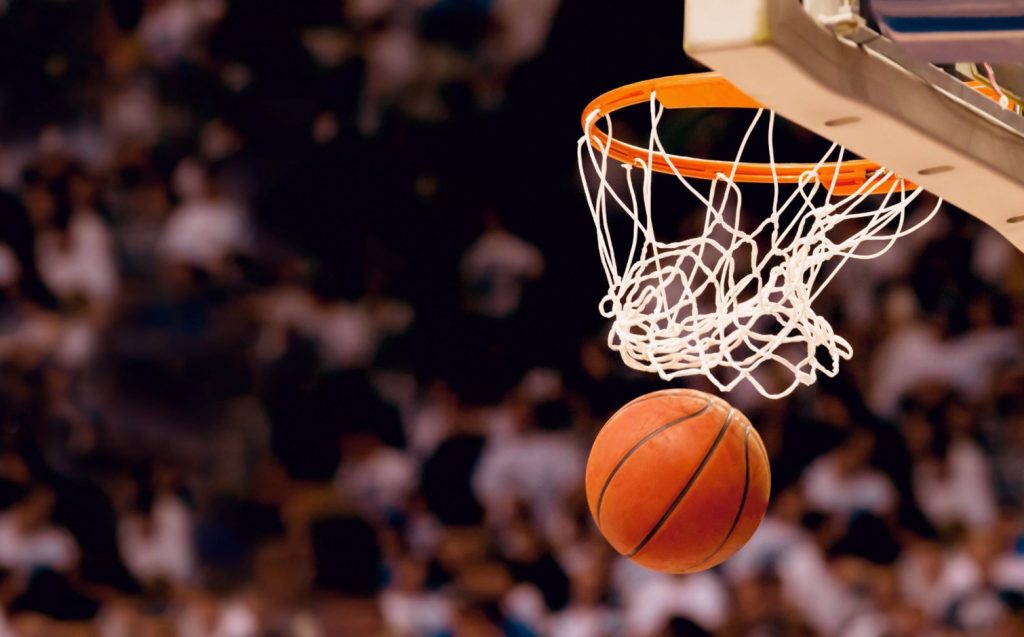Timeouts are one of the most strategically important elements in the game of basketball. Whether it’s to stop the clock, draw up a play, regroup the team, or disrupt the opponent’s momentum, timeouts can shift the tide of a match. However, timeout rules vary significantly depending on the league—from the NBA and FIBA to college and high school basketball.
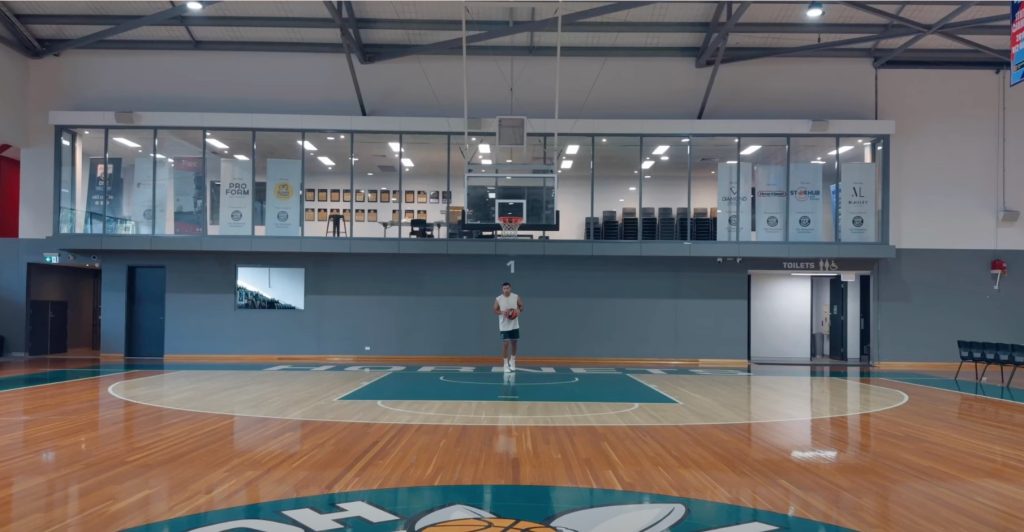
Table of Contents
This guide provides a comprehensive breakdown of the number of timeouts allowed, types of timeouts, and timeout usage regulations across different basketball leagues.
1. What is a Timeout in Basketball?
A timeout is a stoppage in play requested by a coach or player, during which teams can talk strategy, rest players, and make substitutions. Depending on the level of play, timeouts can be full (long) or short (30 seconds).
Timeouts are typically requested:
- To stop the game clock
- To prevent a turnover or bad play
- To advance the ball (NBA)
- To switch defensive schemes
- To make tactical substitutions
2. Timeouts in the NBA
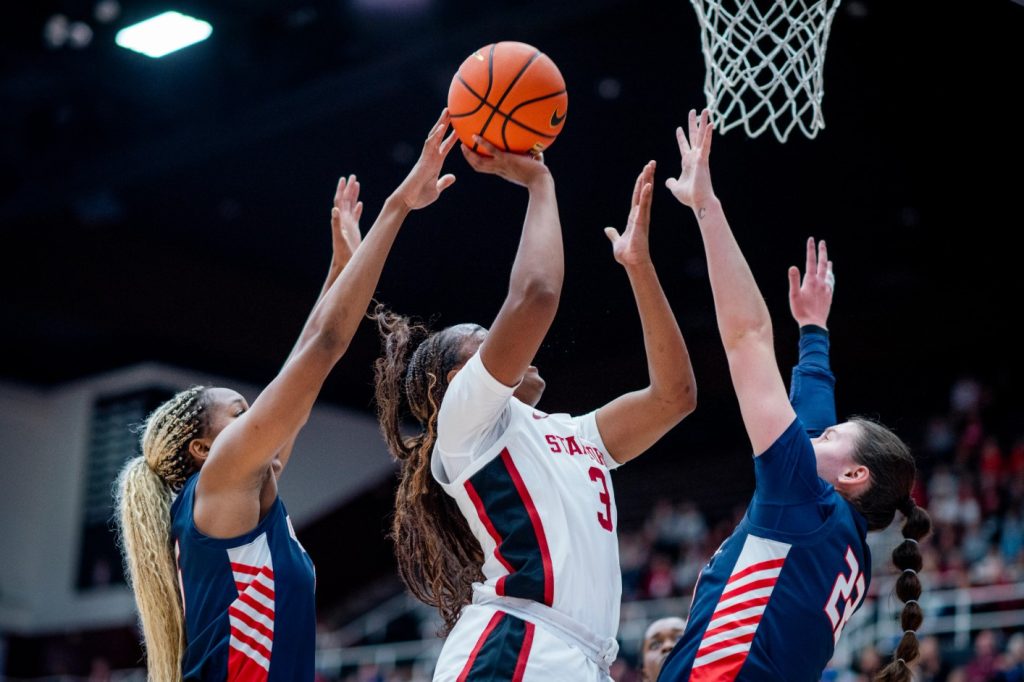
Key NBA Timeout Rules (As of 2024):
- Each team gets 7 timeouts per game.
- No more than 4 timeouts can be used in the 4th quarter.
- Two mandatory timeouts per quarter are taken for media breaks.
- Timeouts are 75 seconds in duration.
NBA Timeout Allocation
| Quarter | Total Team Timeouts Allowed | Mandatory Timeouts | Max Timeouts in 4th |
|---|---|---|---|
| Entire Game | 7 per team | 2 per quarter | 4 |
| Overtime | 2 per team per OT | None | — |
Timeouts not used in the first half do not carry over into the second half. Coaches usually save them for crucial late-game situations or to break the opposition’s rhythm.
3. Timeouts in NCAA College Basketball
The NCAA (National Collegiate Athletic Association) has separate rules for men’s and women’s basketball and is generally more structured due to its media obligations.
Men’s College Basketball:
- 4 full timeouts (75 seconds) per team per game.
- 2 thirty-second timeouts per team.
- 1 timeout carried over to second half if unused in the first.
- Media timeouts at the first dead ball after the 16-, 12-, 8-, and 4-minute marks.
Women’s College Basketball:
- 5 full timeouts per team, including 1 that can be used only in the first half.
- Four 10-minute quarters (compared to 20-minute halves in men’s).
- Media timeouts after every quarter and at 5-minute marks.
NCAA Timeout Breakdown (Men’s)
| Timeout Type | Number Allowed | Duration | Carry Over? |
|---|---|---|---|
| Full Timeouts | 4 | 75 sec | 1 (into 2nd half) |
| 30-Second Timeouts | 2 | 30 sec | Yes |
| Overtime Timeouts | 1 | 75 sec | No |
4. Timeouts in FIBA (International) Basketball
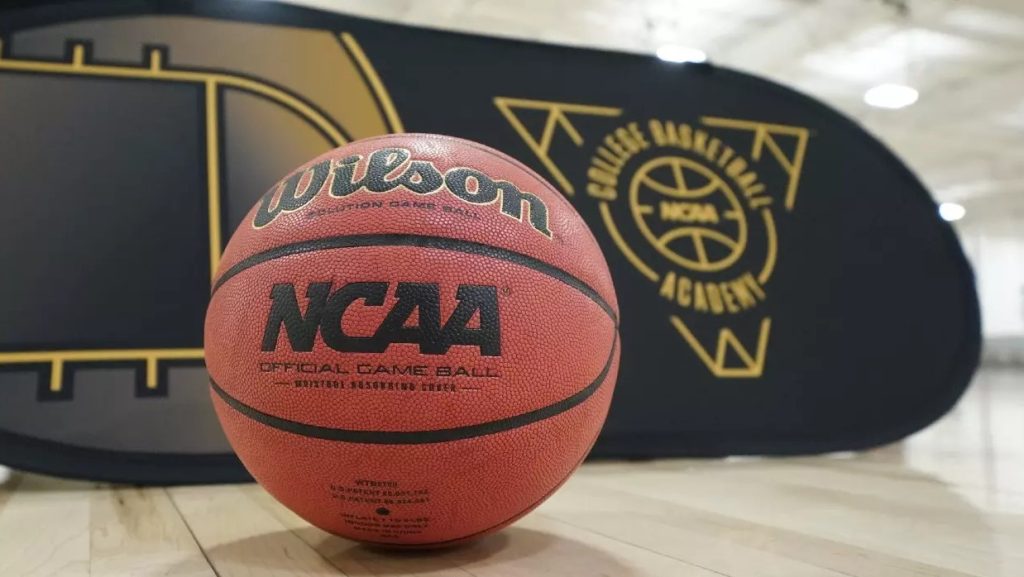
FIBA (Fédération Internationale de Basketball), which governs international competitions like the Olympics and FIBA World Cup, has a different structure altogether.
Key FIBA Timeout Rules:
- 2 timeouts in the first half.
- 3 timeouts in the second half.
- 1 timeout per overtime period.
- Timeouts are 60 seconds long.
- Only coaches can request timeouts during a dead ball.
FIBA Timeout Allocation
| Game Period | Timeouts Allowed | Duration |
|---|---|---|
| First Half | 2 | 60 sec |
| Second Half | 3 | 60 sec |
| Overtime (per OT) | 1 | 60 sec |
Timeouts cannot be called while the ball is live, making timing crucial. Coaches must request the timeout from the scorer’s table, and it is granted at the next dead ball.
5. Timeouts in High School Basketball (NFHS Rules – U.S.)
NFHS Timeout Rules:
- 5 timeouts per team per game.
- 3 full timeouts (60 seconds).
- 2 short timeouts (30 seconds).
- Timeouts can be used at any point during the game.
Table 4: NFHS High School Timeout Rules
| Timeout Type | Number Allowed | Duration | Usage Notes |
|---|---|---|---|
| Full Timeouts | 3 | 60 sec | Used anytime |
| 30-Second Timeouts | 2 | 30 sec | Used anytime |
| Overtime Period | No extra | — | Regular timeouts apply |
6. Common Timeout Strategies
Coaches use timeouts not just to rest players but also for game-changing decisions. Here are common strategic uses:
Offensive Uses
- Advance the ball to the frontcourt (NBA only)
- Set up a last-second shot
- Break a press or trap
Defensive Uses
- Disrupt momentum
- Reset defensive schemes
- Rest key players without substitutions
7. Timeout Violations and Penalties
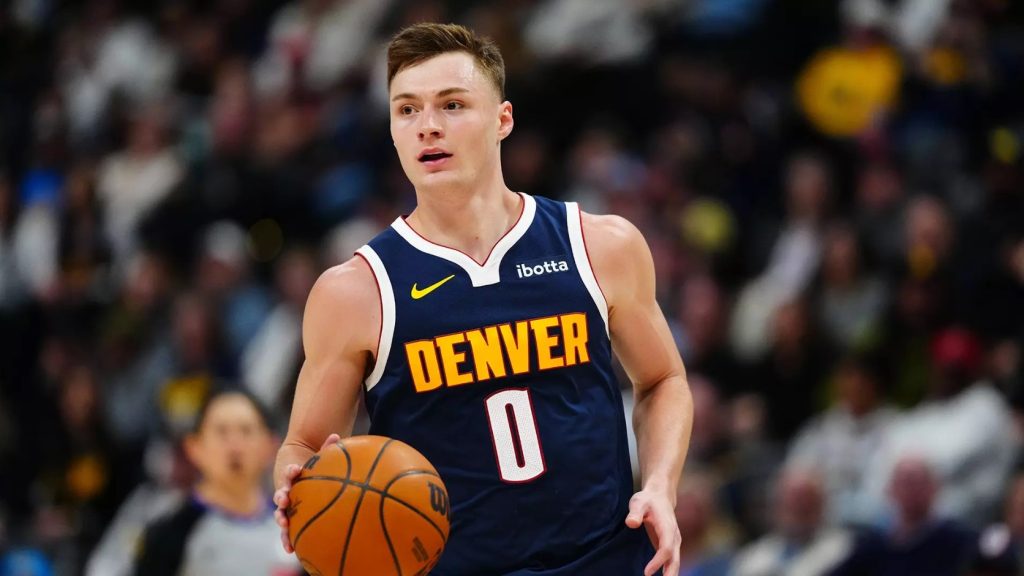
If a team calls a timeout when none remain:
- NBA: Technical foul, 1 free throw awarded to the opponent.
- NCAA: Technical foul, same penalty.
- FIBA: Timeout simply not granted.
- High School: Technical foul assessed.
This rule gained notoriety when Chris Webber called a timeout Michigan didn’t have in the 1993 NCAA championship game, resulting in a turnover and penalty.
8. Summary Comparison of Timeout Rules
Timeout Comparison Across Leagues
| League | Timeouts per Game | Max per Half | Timeout Length | Overtime Timeouts |
|---|---|---|---|---|
| NBA | 7 | 4 in 4Q | 75 sec | 2 per OT |
| NCAA (Men) | 4 Full + 2x 30s | 3 Full in 2nd | 75s / 30s | 1 per OT |
| FIBA | 5 Total | 3 in 2nd Half | 60 sec | 1 per OT |
| High School | 5 Total (3F + 2S) | — | 60s / 30s | No additional |
Timeouts are more than just breaks in play—they’re an integral part of basketball strategy. Whether you’re watching the NBA, a college tournament, or an international FIBA match, knowing how many timeouts are allowed and how they’re used can deepen your appreciation for the game. Understanding these rules helps players, coaches, and fans alike make smarter decisions on and off the court.


